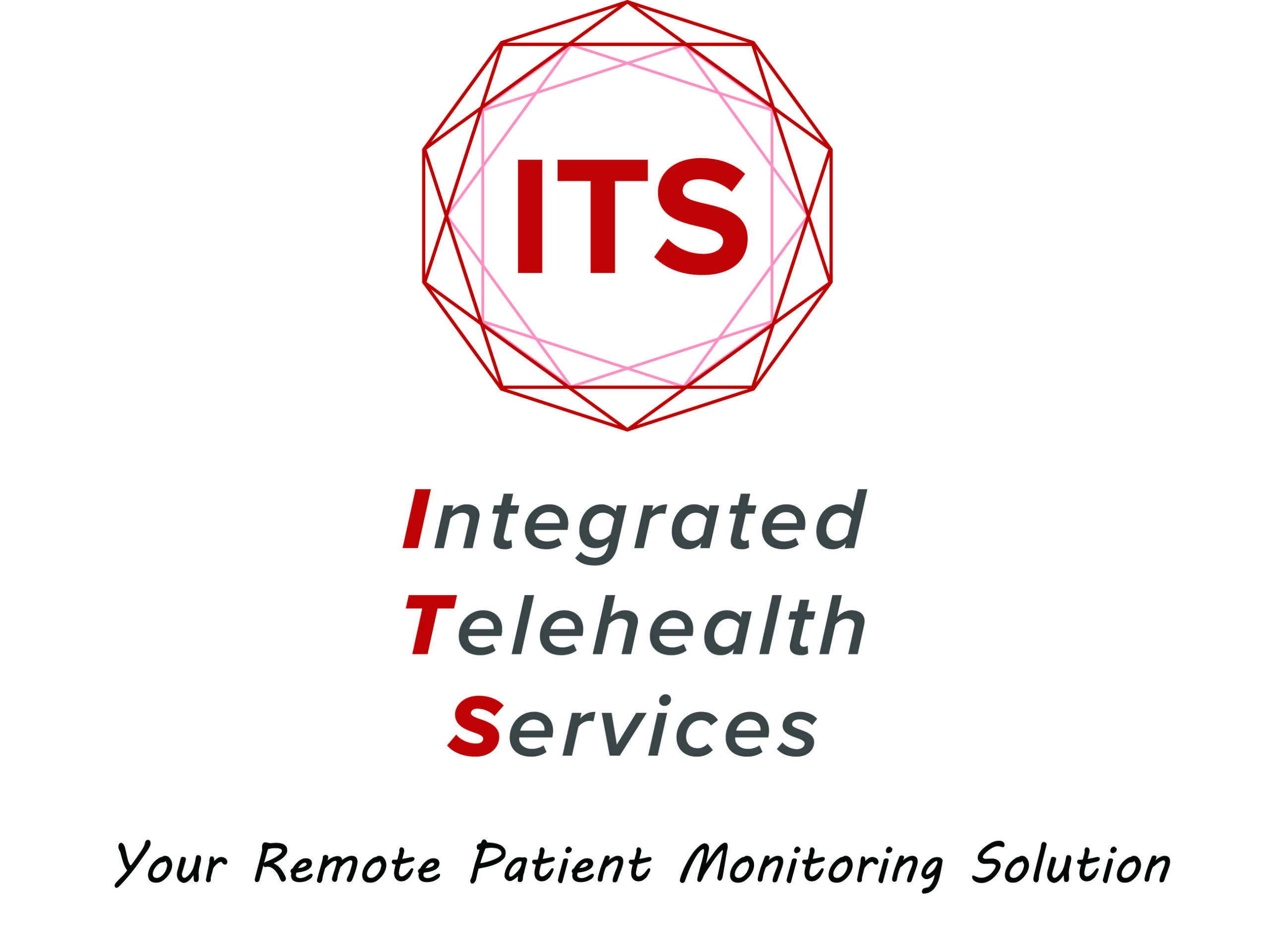Physicians Advocate for Accelerated Access to Behavioral Health Integration (BHI)
Behavioral Health Integration (BHI) is a type of care management service using a four-pronged approach for treatment. It is gaining favor for two main reasons: the approach has been endorsed by the Centers for Medicare & Medicaid Services and it brings the entire provider ecosystem into play in addressing patient mental health issues.
“A developing call-to-action from eight of the nation’s leading physician organizations urges a unified and collective effort by stakeholders across the health care system to support equitable, whole-person care for patients and their families.”
– American Medical Association
Four Points of Contact Make BHI work
The four legs of the BHI structure include:
- Patient
- Treating Practitioner
- Behavioral Health Care Manager
- Psychiatric Consultant
BHI ensures that each participant in BHI plays a key role. At the heart of the process is the Patient who is the beneficiary. The Treating Practitioner (also referred to as the Billing Practitioner) is typically the patient’s primary care physician, but can also be a nurse or other specialist like an oncologist or a cardiologist.
A Behavioral Health Care Manager works under the oversight of the Treating Practitioner. The Behavioral Health Care Manager is an individual with formal education and/or specialized training in behavioral health. These individuals are drawn from the realms of social work, psychology and nursing.
The final provider in the BHI matrix is a qualified Psychiatrist who is licensed to prescribe a full range of medication if necessary.
Remote Patient Monitoring (RPM) Enhances BHI
Behavioral Health Integration interfaces with on-going Remote Patient Monitoring to further tie in the integration of physical and behavioral responses. ITS RPM devices extend your health center practice to at-home monitoring. Our Blood Pressure Monitor, Blood Glucose Monitor and iHealth Air Pulse Oximeter allow patients to monitor their own vitals and for that important data to be monitored by their healthcare team remotely. The devices connect to patient EHR through ITS so healthcare teams can receive real-time updates in their patient charts. BHI is common for conditions like Major Depressive Disorder, Generalized Anxiety Disorder and Acute Trauma. The success of both RPM and BHI depend on strong relationships between medical care teams and patients.
How Treatment Works—the Service Components of BHI
Unlike traditional mental health care, BHI puts the patient in an active role in care management. With multiple touchpoints and practitioners involved, care plans can easily be revised with patient feedback.
Patient service begins with an assessment provided by the Treating Practitioner and the Behavioral Health Care Manager. Based on the rating scale(s) from the assessment and other factors, treatment may include pharmacotherapy, psychotherapy or other indicated treatments. From this point, the Behavioral Health Care Manager proactively follows up to assess the validity of the treatment and may offer additional evidence-based treatment modalities. Patient cases are then reviewed regularly (at least weekly) with the Psychiatric Consultant, and the primary care team continues to adjust treatment as needed, including referrals to behavioral health specialty care if necessary.
ITS offers turn-key BHI solutions for practices through our proprietary monitoring systems and technology. We invite you to contact our outstanding back-office team at admin@integratedtelehealthservices.com to learn more about BHI and how its patient-focused approach can help optimize and enhance your practice.

